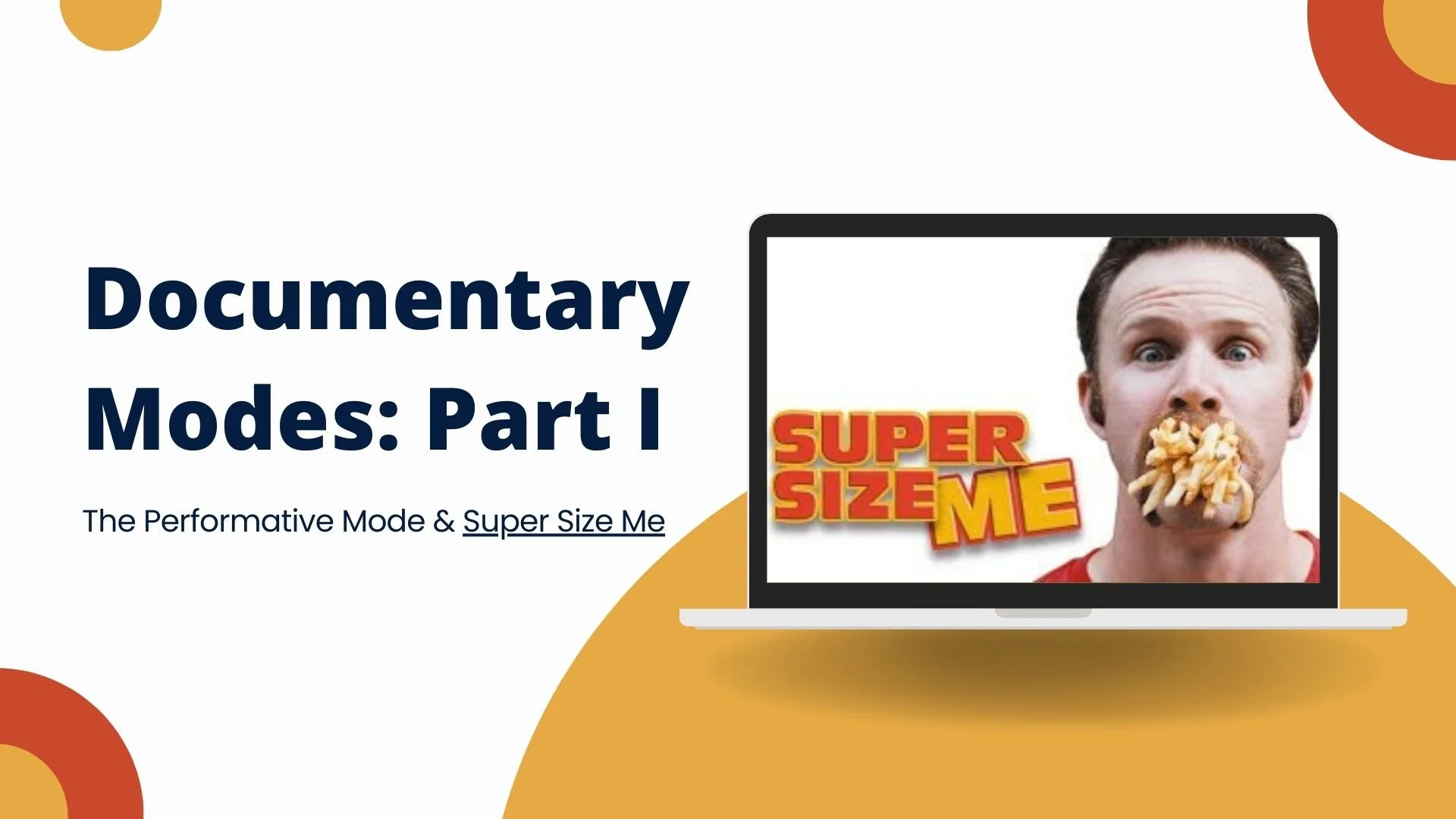
Welcome to Documentary History and Aesthetics! Today, we dive into questions of authenticity in documentary filmmaking. In our pursuit as filmmakers to capture truth, how do we navigate the complexities of portraying individuals like Dylan, who resist easy classification?

Join us for part one of our series on documentary modes, focusing on the performative style. In this episode, we explore how filmmakers infuse personal experiences into their narratives, using examples like Supersize Me to illustrate the blend of personal storytelling and investigative journalism. Discover the challenges and benefits of this approach as we dissect the nuances of the performative mode.
Welcome to the second part of our documentary modes series! Using "Cameraperson" as a case study, we examine the reflexive mode to parse the ethical complexities of capturing real-life narratives and the dynamic relationship between filmmaker and audience.
In the third video in our Documentary Modes series, we explore the Participatory Mode. We analyze Michael Moore’s 2002 film "Bowling for Columbine," where the filmmaker's presence and perspective shape the narrative, inviting audiences to grapple with complex ethical questions and differing viewpoints.